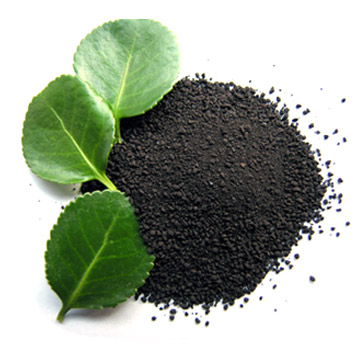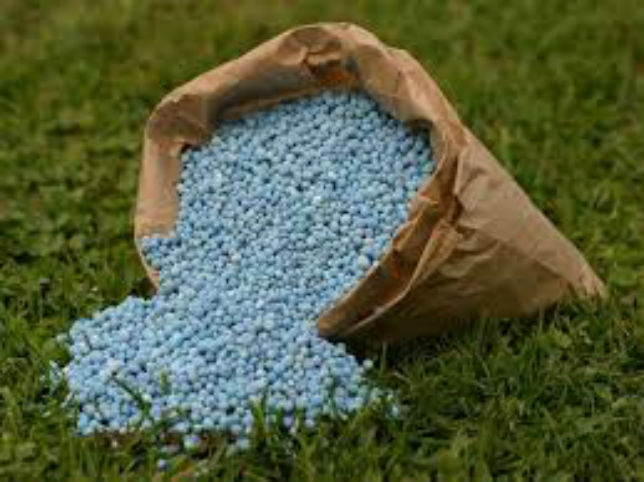Introduction To fertilizers
It’s composed of raw chemicals that have been manufactured at a factory into liquid or solid forms that specifically target plants nutritional needs . A chemical fertilizer is essentially designed to mimic naturally occurring nutrients .
Product Profile
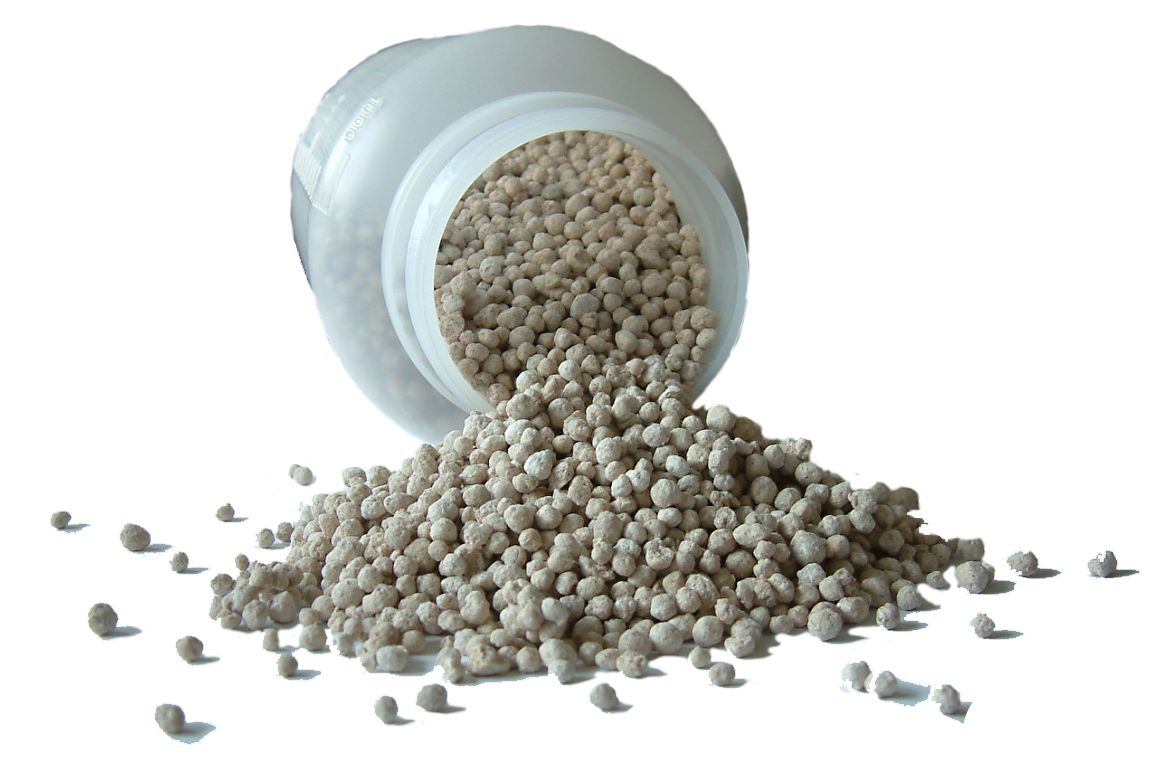 Fertilizers enhance the growth of plants. This goal is met in two ways, the traditional one being additives that provide nutrients. The second mode by some fertilizers act is to enhance the effectiveness of the soil by modifying its water retention and aeration. This article, like many on fertilizers, emphasises the nutritional aspect. Fertilizers typically provide, in varying proportions
three main macronutrients:
Nitrogen (N): leaf growth;
Phosphorus (P): Development of roots, flowers, seeds, fruit;
Potassium (K): Strong stem growth, movement of water in plants, promotion of flowering and fruiting;
Fertilizers enhance the growth of plants. This goal is met in two ways, the traditional one being additives that provide nutrients. The second mode by some fertilizers act is to enhance the effectiveness of the soil by modifying its water retention and aeration. This article, like many on fertilizers, emphasises the nutritional aspect. Fertilizers typically provide, in varying proportions
three main macronutrients:
Nitrogen (N): leaf growth;
Phosphorus (P): Development of roots, flowers, seeds, fruit;
Potassium (K): Strong stem growth, movement of water in plants, promotion of flowering and fruiting;
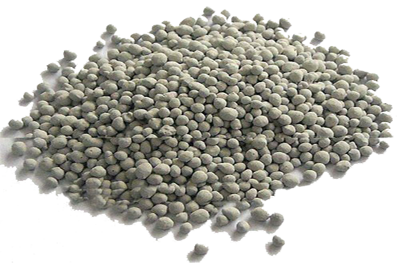 Diammonium phosphate (DAP) (chemical formula (NH4)2HPO4, IUPAC name diammonium hydrogen phosphate) is one of a series of water-soluble ammonium phosphate salts that can be produced when ammonia reacts with phosphoric acid
Diammonium phosphate (DAP) (chemical formula (NH4)2HPO4, IUPAC name diammonium hydrogen phosphate) is one of a series of water-soluble ammonium phosphate salts that can be produced when ammonia reacts with phosphoric acid
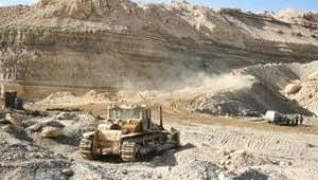 Rock Phosphate or Phosphate rock is a non-detrital sedimentary rock which contains high amounts of phosphate bearing minerals.
Rock Phosphate or Phosphate rock is a non-detrital sedimentary rock which contains high amounts of phosphate bearing minerals.
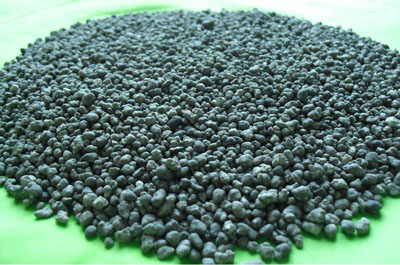 Triple superphosphate (TSP) was one of the first high analysis P fertilizers that became widely used in the 20th century.
Triple superphosphate (TSP) was one of the first high analysis P fertilizers that became widely used in the 20th century.
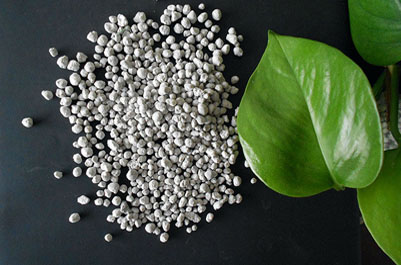 SSP is one of the cheapest forms of phosphate
Supplies sulphate sulphur and calcium.
The ratio of phosphorus and sulphur suits many crop and pasture needs.
Both the phosphorus and sulphur are in readily available forms.
SSP is one of the cheapest forms of phosphate
Supplies sulphate sulphur and calcium.
The ratio of phosphorus and sulphur suits many crop and pasture needs.
Both the phosphorus and sulphur are in readily available forms.
 Limestone is a sedimentary rock composed primarily of calcium carbonate (CaCO3) in the form of the mineran calcite.
Limestone is a sedimentary rock composed primarily of calcium carbonate (CaCO3) in the form of the mineran calcite.

